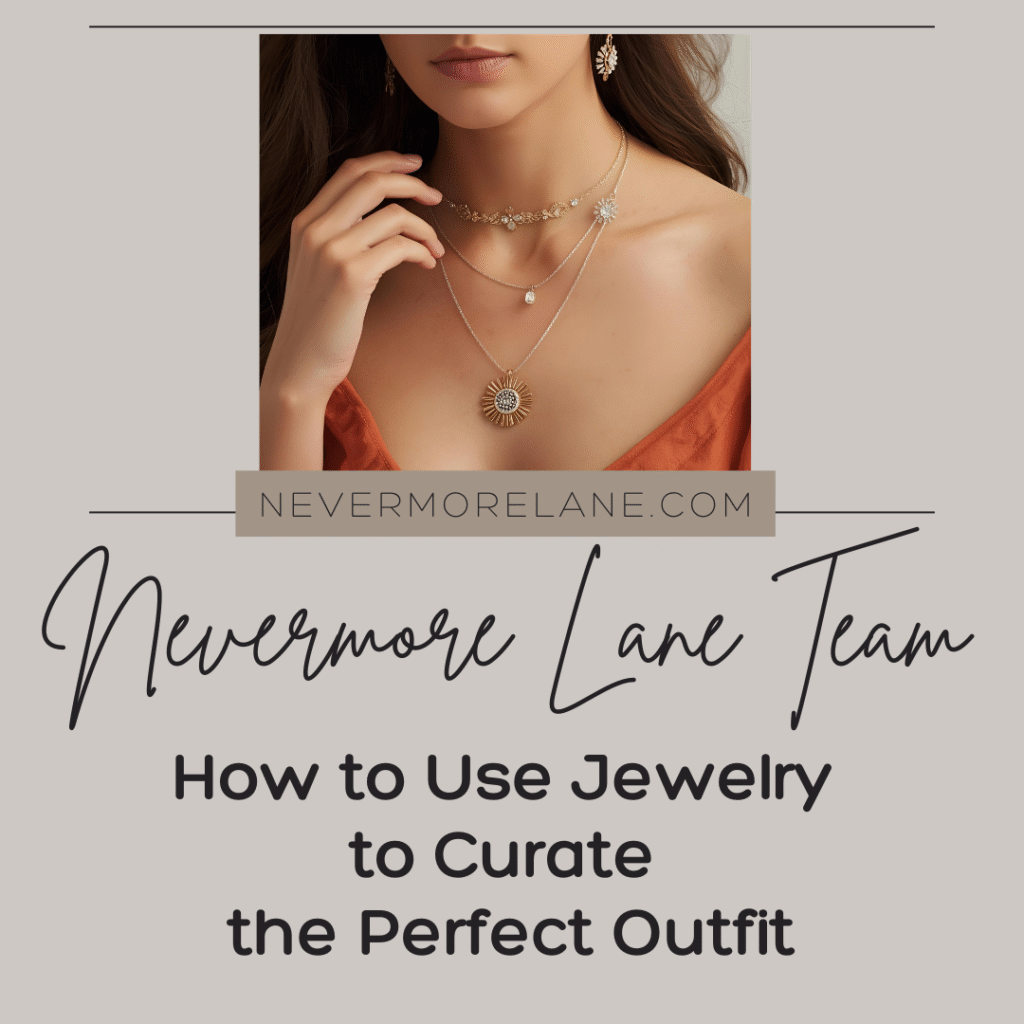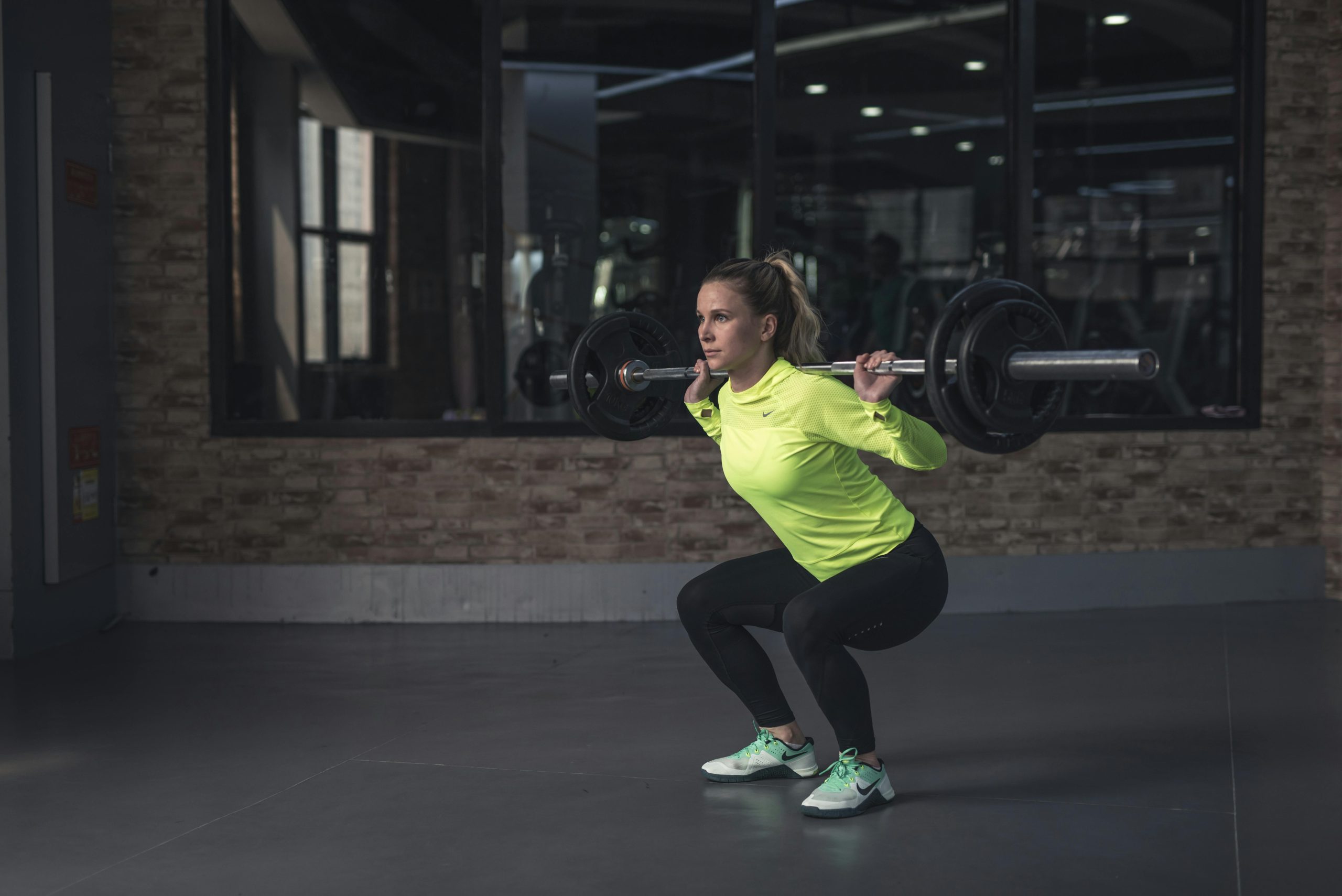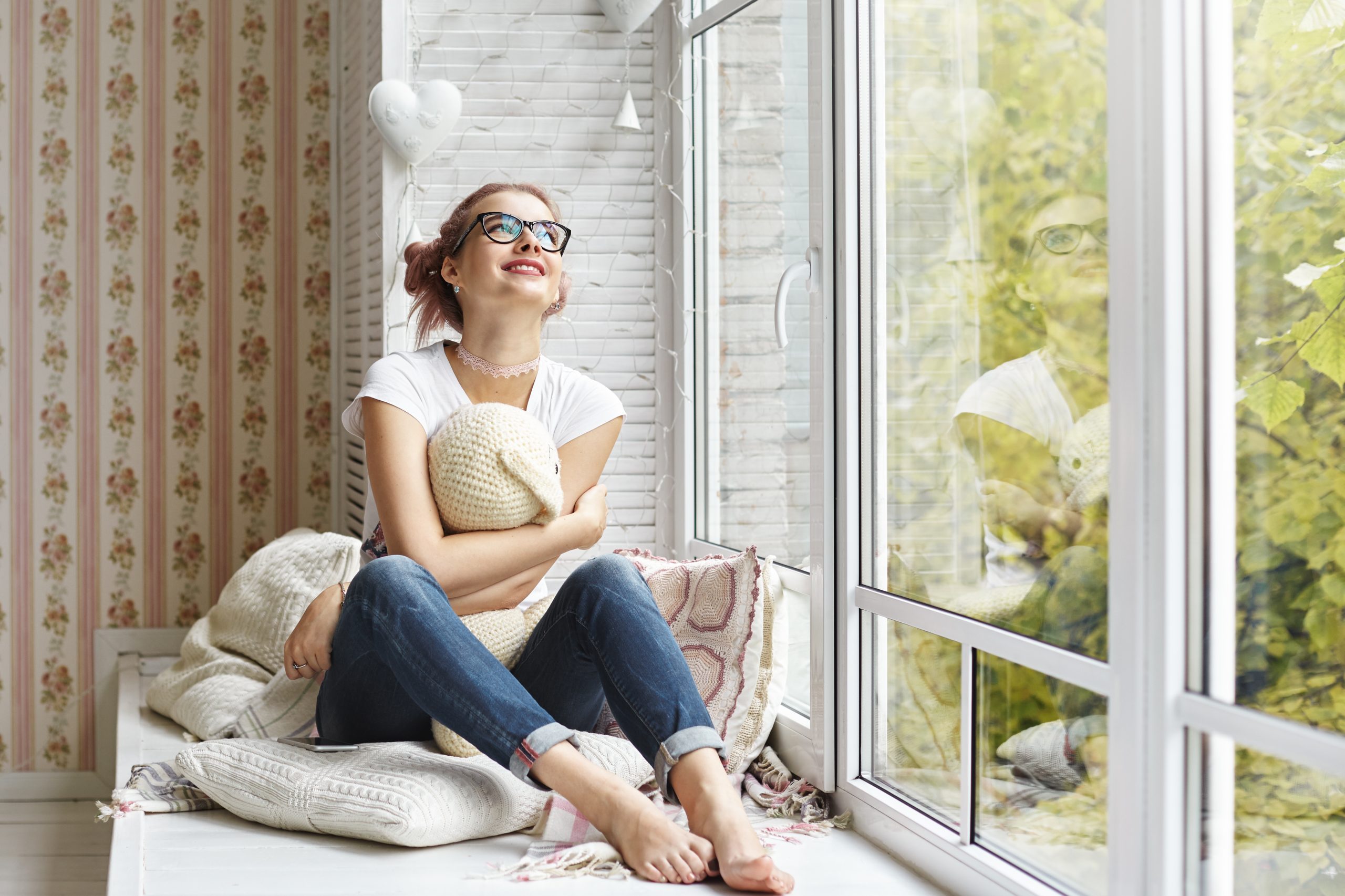How to Use Jewelry to Curate the Perfect Outfit
People have used jewelry to adorn their bodies for thousands of years. Today, there is a myriad of options available to make a statement about your mood. Tying your outfit together, a single men’s diamond earring has the power to transform the overall appeal of your outfit. The right details can highlight features you already like and tone down areas that you prefer not to emphasize.
The Finishing Touches That Transform Good Outfits Into Great Ones
The outfit looks perfectly fine hanging on the body, yet something essential feels missing that prevents good from becoming great. Clothing alone tells only part of the style story, leaving outfits feeling incomplete despite careful color coordination and flattering silhouettes. The difference between looking put-together and truly polished often comes down to those finishing touches that most people either overlook entirely or approach randomly without understanding how jewelry transforms basic ensembles into cohesive, intentional statements. A simple dress becomes striking with the right necklace. Plain jeans and a tee shirt elevate instantly through carefully chosen earrings and rings.
Jewelry possesses unique power to curate outfits because it adds personality, draws attention to specific features, and creates visual balance that clothing alone cannot achieve. The right pieces act as punctuation marks that complete sentences, telling observers exactly where to look and what matters most about the overall presentation. Statement necklaces command attention and confidence. Delicate layered chains create feminine, romantic vibes. Bold earrings frame faces beautifully while anchoring looks. Stacked rings add edge and personality to the simplest outfits. Each jewelry choice influences how entire outfits read, shifting aesthetics from casual to elegant, minimal to maximalist, classic to trendy through strategic metal, stone, and design selections.
Most people approach jewelry as afterthought rather than essential styling tool, grabbing whatever sits closest in the box without considering how pieces interact with necklines, colors, proportions, and overall aesthetic goals. This random approach misses the transformative potential that intentional jewelry curation offers. Understanding how to use jewelry strategically rather than decoratively separates outfits that look accidentally assembled from those that appear thoughtfully composed. The knowledge transforms jewelry boxes from collections of pretty things into styling toolkits capable of solving outfit problems and elevating everyday looks into something genuinely special.
1. Match Metal to Skin Tone
You respond best to jewelry when it reflects warmth or coolness already present in your complexion. Learn how to determine your undertones to find the shades and tones most flattering on you. People with warmer tones, such as olive or golden undertones, often look naturally balanced in yellow gold because it echoes the depth of their skin. Conversely, people with cooler undertones, like pink or blue, find that silver or white gold sharpens their features. When tones align, skin appears healthier in photographs and everyday light.
2. The Single Focal Point
Outfits feel more intentional when you choose one element to lead the look. A sculptural necklace works well with a clean neckline because it anchors attention to a single place. If you prefer statement earrings, keep the area around them quiet so the eye settles rather than darts around. This approach simplifies getting dressed on rushed mornings because you can start with the feature piece and build the rest of the outfit around it instead of the other way round. You also have fewer decisions to make, making mornings easier.
3. The Power of Micro-Details
Tiny elements, such as the thickness of a chain or the finish of a clasp, influence how refined your outfit appears. A fine, polished tennis bracelet can soften an outfit. A brushed metal ring adds texture and grit. These details help you repeat outfits without feeling predictable. Swapping the smallest piece changes the overall tone. Pay attention to scale. By checking how jewelry looks when you move your arm or turn your head, you can check to see if it is distracting.
4. Balance Fabric Weight
jewelry interacts and sits differently on your body, depending on the fabric of your clothing. Lightweight fabrics such as silk or voile can sag under heavy pendants, which makes the entire outfit look less considered. Thick knits, tweed and denim create the opposite challenge because delicate chains disappear into the texture. A medium-weight piece can be a solution for these materials, offering some flexibility as it holds its shape without marking the fabric. Test combinations before you commit by placing the jewelry against the garment while standing rather than judging from a flat surface.
5. Contextual Etiquette
Different environments require different considerations. Large, reflective pieces can distract in a workplace that values subtle presentation, yet the same design looks appropriate at a celebratory dinner where atmosphere matters more than restraint. Social settings also influence comfort. Chunky rings may feel impractical when shaking hands repeatedly, while dangling earrings can catch on scarves during winter. Consider how long you will wear the pieces, because jewelry that feels fine for an hour may grow irritating over a full day. Aim for choices that support your plans instead of forcing you to think about them constantly.
Let Your Jewelry Tell Your Story
Jewelry curates perfect outfits through strategic choices that complement rather than compete with clothing. Match necklace lengths to necklines for visual harmony. Balance statement pieces with simpler clothing that allows jewelry to shine. Layer delicate pieces for dimensional interest without overwhelming. Choose metals that complement skin tones and outfit color palettes. Mix metals intentionally for modern eclectic looks or stick to single tones for classic elegance.
The styling principles remain consistent across personal aesthetics. Minimalists benefit from quality statement pieces worn individually. Maximalists layer boldly for dramatic effect. Bohemians mix textures and natural stones. Romantics choose delicate feminine designs. Each approach uses jewelry to reinforce rather than contradict overall style identity. The pieces become extensions of personality rather than random decorations.
Perfect outfits emerge when jewelry receives the same consideration as clothing in styling decisions. The necklace makes the plain blouse special. The earrings transform the ponytail into intentional elegance. The rings add edge to conservative work attire. Jewelry bridges the gap between good enough and genuinely confident, between dressed and truly styled. Sometimes the smallest details create the biggest impact, and jewelry proves that adornment matters as much as the garments it adorns.






